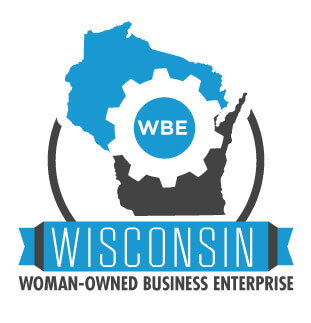“One does not begin with answers. One begins by asking, ‘What are our questions?’ ” Peter Drucker
Brainstorming is a familiar and convenient problem-solving activity. We like it because each idea sparks another one and, since no idea is unacceptable, the more bizarre ideas can generate breakthrough solutions.
Brainstorming sessions challenge the participants to come up with creative ideas. However, there are two potential drawbacks to using brainstorming:
- It can generate a lot of pressure on the participants to produce ideas.
- If there is strong peer pressure, the participants can be influenced to come up with obvious responses rather than free associate.
There is an alternative that satisfies the desire for collaborative thinking and problem solving without these negative consequences.
The Right Question Institute (RQI) has found that “question-storming,” which focuses on generating questions rather than answers, frees participants to be even more creative.
RQI’s Dan Rothstein explains this by the fact that “question-storming” lessens the peer pressure aspect to conventional brainstorming because questions tend to be judged less harshly than answers.
Hal Gregersen of the MIT Leadership Center has studied the effectiveness of “question-storming” in major corporations:
Regular brainstorming for ideas often hits a wall, because we only have so many ideas. Part of the reason we hit that wall is because we’re asking the wrong questions. [When groups find that] they’re stuck, that’s the perfect point to step back and do question-storming.”
According to Gregersen, an ideal “question-storming” session should generate 50 questions about the problem that is being “stormed.” He notes that some groups may feel that 25 questions are sufficient. However, he encourages them to “push on beyond that point, [because] some of the best questions [will come as [the groups] get to 50 or even 75.”
There does need to be a way to whittle down 50+ questions.
RQI suggests that groups focus less on volume and more on trying to “improve” the questions they generate, by opening closed questions and closing open questions. RQI recommends that group “question-storming” sessions conclude with the generation of the three “best” questions they want to further explore.
Three is a much more manageable number of questions.
Warren Berger, the author of A More Beautiful Question, believes that “question-storming” can produce more satisfying results than brainstorming:
Instead of hoping that you’ll emerge from a meeting with ‘the answer’ (which almost never happens, and thus leaves people feeling frustrated), the goal is to come out of it with a few promising and powerful questions- which is likely to provide a sense of direction and momentum.”
May your learning be sweet and full of questions,
Deborah
Julie Almont replied to this post:
I am intrigued with this “Tip” suggesting the power of leading with questions! One of my professional experiences was a fifteen year stint with a publishing group that specialized in both visual and verbal communications. Closing a deal meant asking good questions and being an active listener.
I was privileged to be the lead instructor. I learned a lot through researching and referencing successful communicators. It was during those years that I met you and began a relationship with Dorothy Leeds of New York. Dorothy has written a series of books that focus on asking “Smart Questions”.
Over these many years I continue to teach the value of allowing my audience to learn by asking! My greatest joy as a coach and mentor is to see the “a – ha” moment when an individual “gets it”! This comes when we help people to question what they are doing, how they are doing it, and what they need to grow! The experience of discovery is joyful…dare I say memorable!!!
I was invited back to facilitate a session on “Recruiting and Interviewing” for a group of managers at my previous company. How rewarding to have so many of the attendees leave with a new enthusiasm for participating in the process having embraced the value of engaging in conversation by asking and listening!
I love what we Human Resources and Talent Development professionals do! I feel blessed to have the knowledge and opportunity to touch the hearts and minds of leaders in America’s business classrooms!
Thanks Deb for introducing me to and continuing to encourage me to be the best I can be!!! What a joy!
Thank you, Julie! I always learn bunches from you!!





